The car maker that emphasises ‘Excellence Through Passion’ was born on December 1 1914, in Bologna, when the Maserati brothers Alfieri, Bindo, Ettore and Ernesto began building racing cars and making spark plugs.
In 1926, Maserati produced its first car – the Tipo 26 – which scored a victory on its racing debut in the 1926 Targa Florio. It was around this time that another Maserati brother, Mario, an artist, created Maserati’s trident emblem – based on the Fountain of Neptune in Bologna. Six years later however, tragedy struck when Alfieri Maserati died from liver complications.
Alfieri would later be honoured with the reveal of the Alfieri sports car concept at the Geneva motor show in March of this year.
Despite the tragic setback, Bindo, Ettore and Ernesto continued to build racing cars until 1937, when they sold their shares in the company to the Adolfo Orsi family.
Orsi demanded the firm be relocated to Modena (where it remains today), while allowing the Maserati brothers to continue working in engineering roles within the company. Further racing successes followed, with the Maserati 8CTF winning the 1939 and 1940 Indianapolis 500.
During the Second World War, the Maserati brothers focused their attentions on building spark plugs and other components for the Italian war effort.
Towards the end of the war, key engineers from Fiat and Alfa Romeo were brought in by Orsi, further ruffling the Maserati brothers’ feathers and essentially side-lining them. In 1947 they walked out of the company they had founded, going on to launch the OSCA Italian sports car company.
Shortly after their exit, Adolfo Orsi began signing off such road-going projects including the Maserati 4CLT, 8CLT, A6-series and the iconic A6GS. In 1954, the Italian company launched the Maserati 250F racing car to compete in Formula One.
Powered by a 2.5-litre straight-six engine firing out 270bhp at 8,000rpm and capable of 180mph, it propelled the legendary Argentinian racer Juan Manuel Fangio during the first half of the 1954 season and his entire 1957 drivers’ World Championship season.
After the 1957 Mille Miglia Guidizzolo tragedy, during which driver Alfonso de Portago died, Maserati pulled out of racing altogether and immersed itself in producing luxury road cars. This era proved to be a golden period for the Italian manufacturer, with the creation of the 3500GT that year, the V8-powered 5000 in 1959 and the Vignale-bodied Sebring three years later.









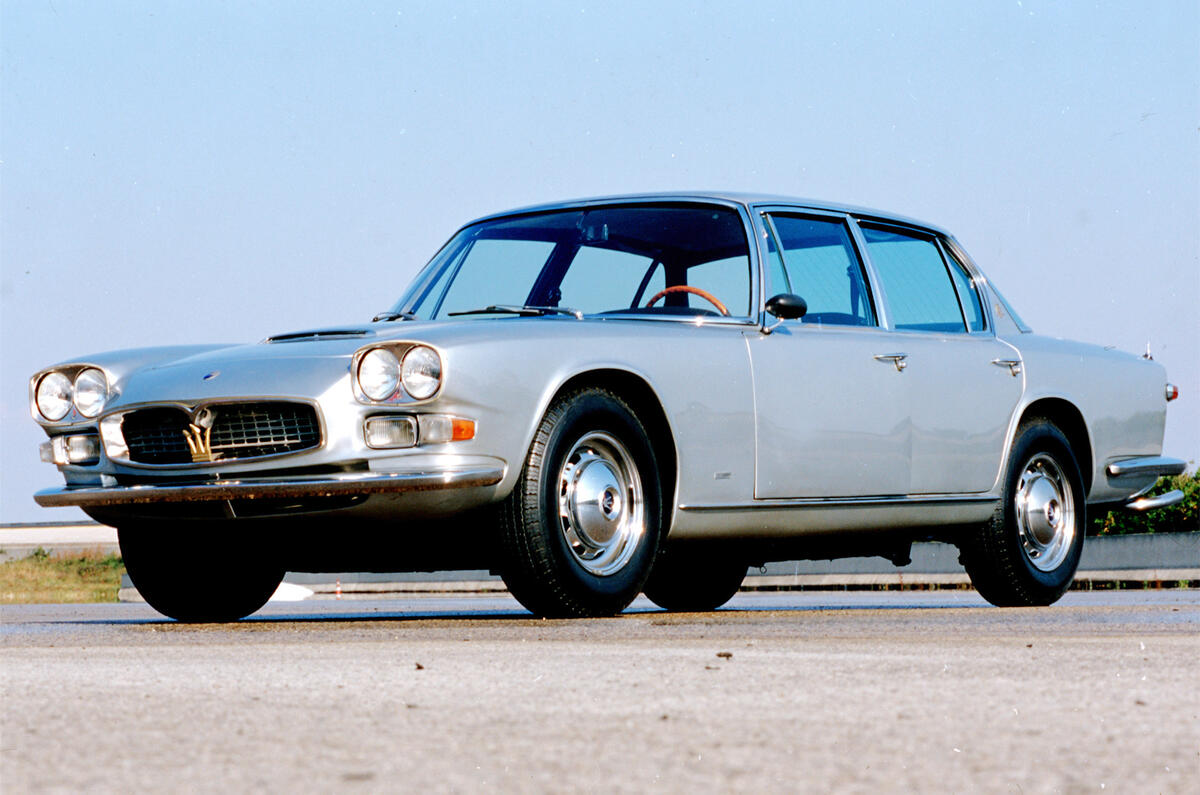


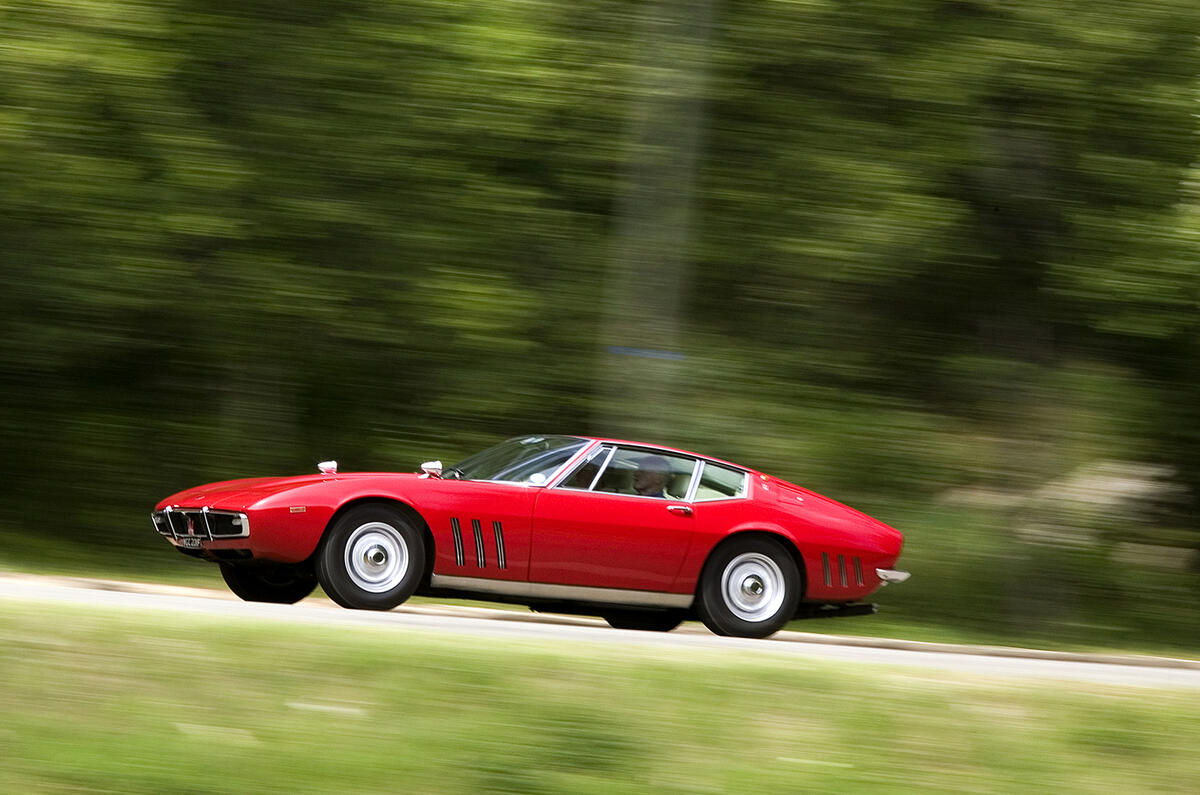

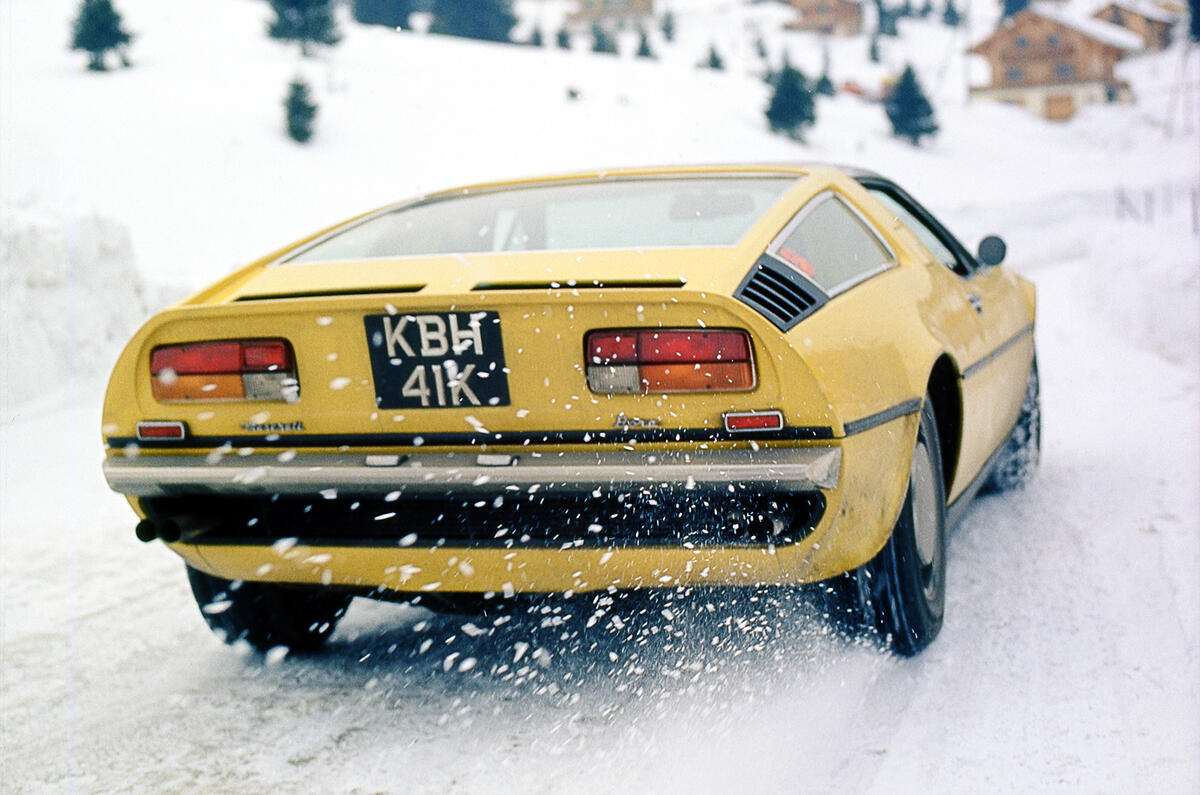







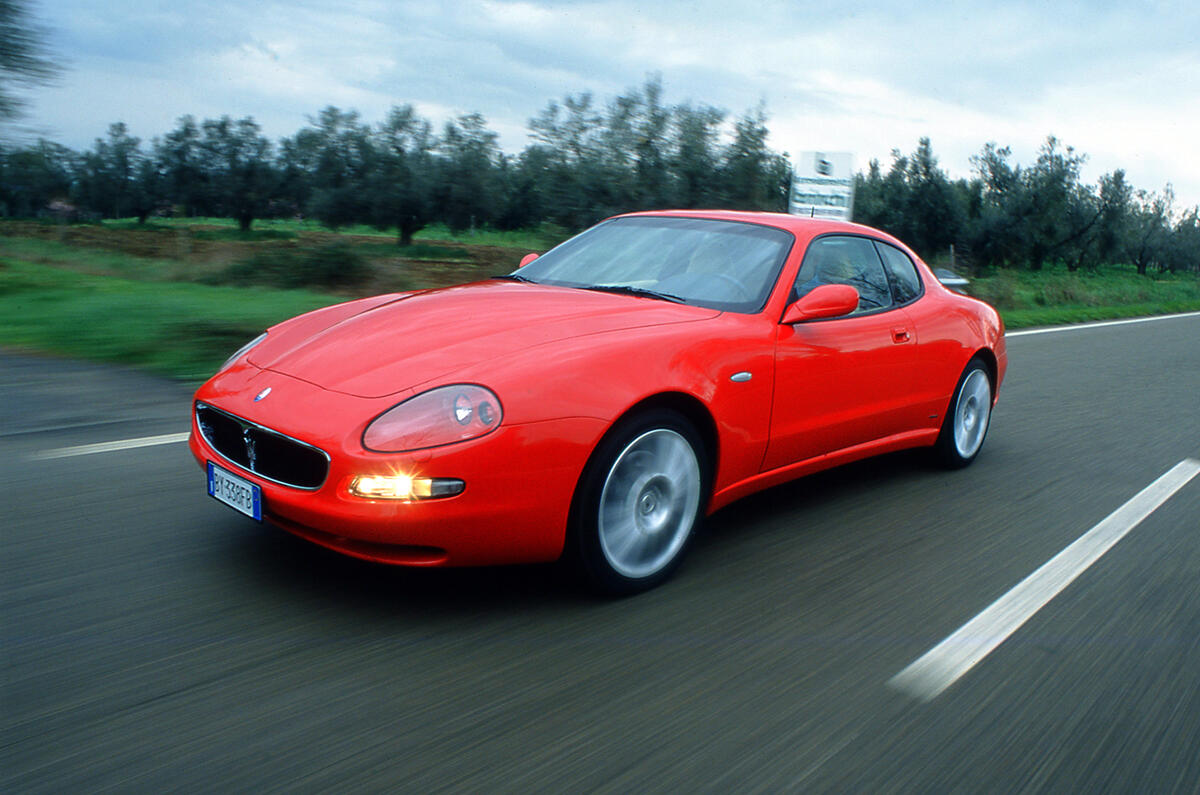












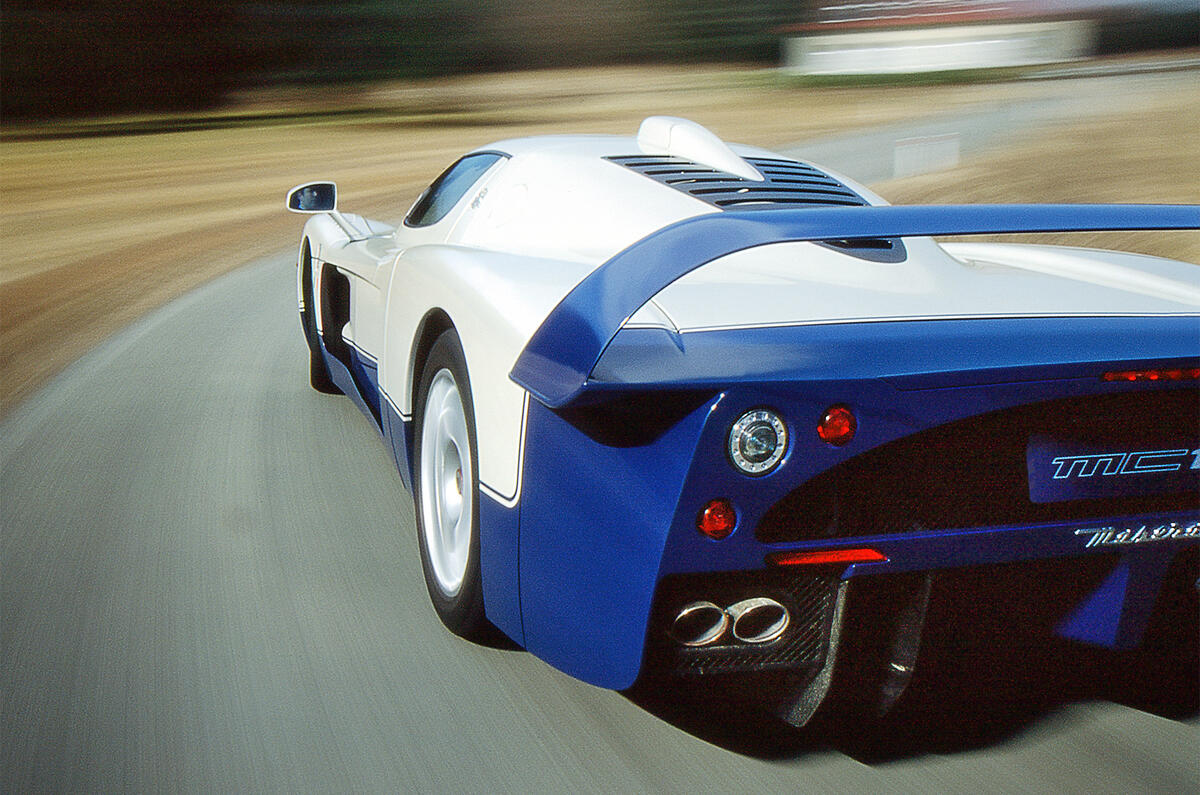











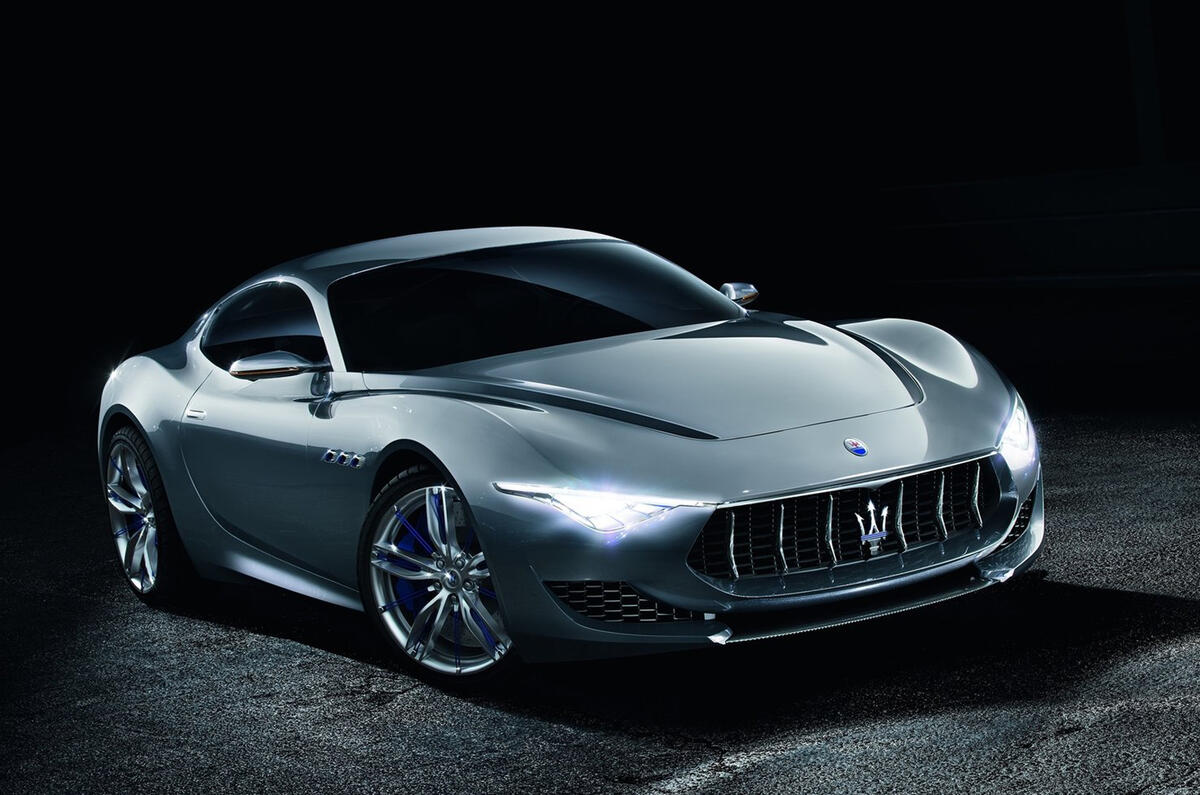








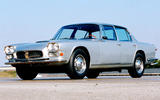























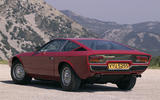






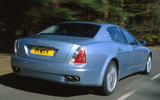






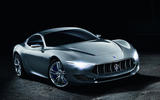



Join the debate
Add your comment
photo quality
I could have provided far better from my own photographic archive!
Birdcage 75th
Would have liked to see...